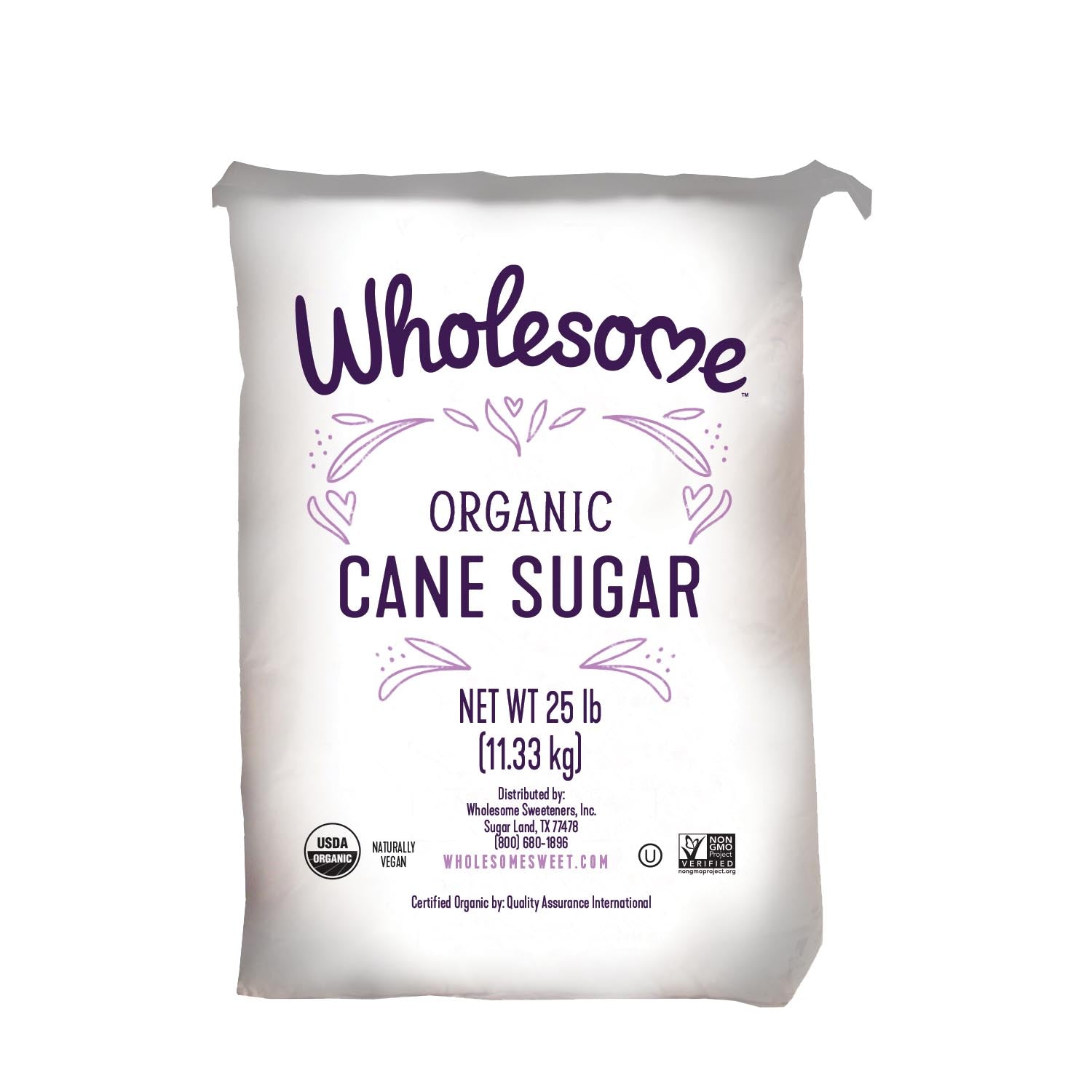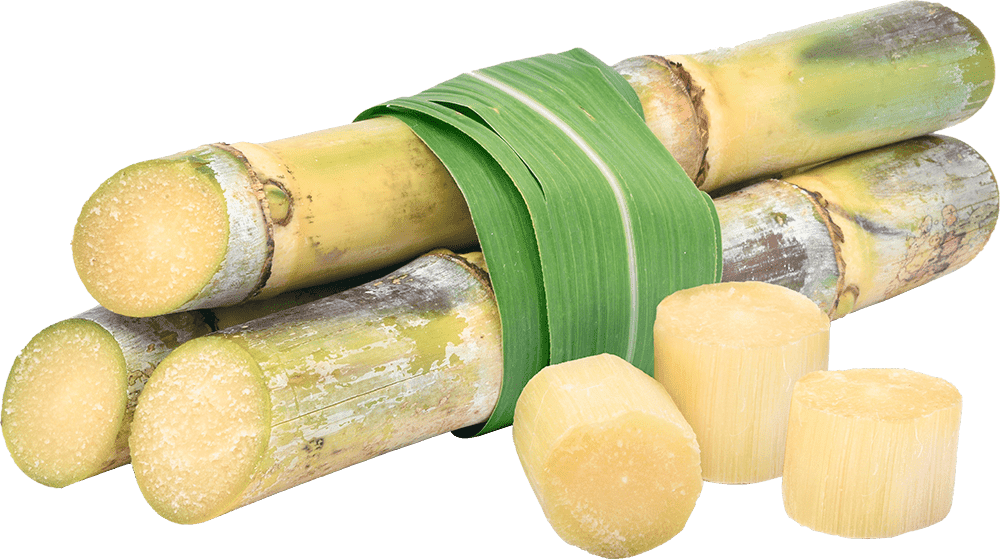The Science Behind Cane Sugar Processing: Just How Sweet Taste is Fine-tuned
The Science Behind Cane Sugar Processing: Just How Sweet Taste is Fine-tuned
Blog Article
Discovering the Comprehensive Tips Included in Walking Cane Sugar Processing From Harvesting to Refinement
The process of walking stick sugar manufacturing incorporates a collection of complex steps, starting with the mindful harvesting of sugarcane and finishing in the improvement phases that ensure the final product satisfies industry requirements. Each stage, from the extraction of juice to the purification and formation procedures, plays a crucial function in figuring out the high quality and personality of the sugar.
Gathering Sugarcane
Collecting sugarcane is a crucial step in the walking stick sugar processing chain, as it straight affects the high quality and yield of the last item. Proper timing and techniques are essential during this stage to ensure optimal sugar material and minimize losses. Usually, sugarcane is gathered when it gets to maturity, usually 12 to 18 months after growing, defined by a high sucrose concentration.

Post-harvest, the sugarcane should be refined quickly to prevent sucrose destruction. Preferably, collected walking cane should be transferred to processing facilities within 24-hour to preserve sugar top quality. For that reason, reliable logistical preparation is essential to maintain the honesty of the harvested crop throughout the supply chain.
Removal Refine

The smashed walking stick goes through a series of pushing operations to maximize juice healing. Generally, warm water is sprayed onto the smashed walking cane, creating a countercurrent flow that assists liquify the sugar while also helping in the extraction procedure. The juice collected from this operation consists of not only sugar but also numerous organic compounds and impurities.

To improve extraction efficiency, some centers might utilize diffusion methods, where the sugarcane is soaked in warm water, allowing the soluble sugars to diffuse into the fluid. The resulting juice, rich in sucrose, is after that routed to subsequent handling stages, laying the foundation for purification and improvement. The removal procedure is thus critical in figuring out the quality and return of the last sugar product.
Purification Methods
The filtration techniques used in cane sugar handling are essential for transforming the raw juice right into a high-quality sugar item. These methods mostly aim to get rid of impurities, such as dirt, plant materials, and not natural substances, which can adversely impact the final item's taste and color.
This procedure involves including lime and warmth to the raw juice, which promotes the coagulation of impurities. In addition, the usage of phosphoric acid can boost the information process by further binding pollutants.
One more substantial method is carbonatation, where carbon dioxide is introduced to the clarified juice. This response creates calcium carbonate, which records continuing to be contaminations and advertises their removal.
Moreover, triggered carbon treatment may be related to adsorb any staying colorants and organic pollutants, ensuring a more refined product. The combination of these techniques properly prepares the sugar juice for subsequent actions in the refining procedure, setting the phase for the manufacturing of premium cane sugar.
Crystallization Techniques
After the filtration phase, the next vital action in walking cane sugar processing entails condensation techniques, which play a critical duty in transforming the made clear juice right into strong sugar. This process generally uses 2 primary techniques: spontaneous crystallization and regulated crystallization.
In spontaneous crystallization, supersaturated sugar remedies are allowed to cool naturally, leading to the formation of sugar crystals over time. This method permits for the uniform development of sugar crystals and greater pureness.
During formation, the made clear juice is focused through evaporation, raising its sugar web content until it reaches supersaturation. When this factor is accomplished, either approach can help with the condensation procedure. Cane Sugar Processing. The resultant sugar crystals are after that divided from the continuing to be syrup via centrifugation
Eventually, the choice of condensation technique affects the top quality, dimension, and pureness of the final sugar item, making this step necessary in the total cane sugar handling procedure.
Improvement and Product Packaging
Just how can the purity and quality of cane sugar be better enhanced after condensation? The improvement process plays a crucial duty in achieving top quality walking stick sugar. Adhering to formation, sugar review undergoes a detailed cleaning to remove pollutants and recurring molasses. This is typically achieved utilizing cozy water or heavy steam, which aids dissolve and extract undesirable elements while preserving the sugar crystals.
Next, the sugar goes through a process called centrifugation, where it is spun at high speeds to divide the cleansed sugar crystals from the staying liquid. After centrifugation, the sugar is frequently more refined with a method called carbonization or phosphatation, which utilizes triggered carbon or phosphoric acid to remove shade and off-flavors.
Once refined, the sugar is dried to achieve the preferred moisture material, guaranteeing that it stays stable during storage space and transport. The final step entails product packaging the polished sugar in impermeable and moisture-proof containers to maintain its high quality and stop contamination. Cane Sugar Processing. Correct product packaging not only prolongs service life however also helps with easy handling and distribution, making sure that consumers receive sugar that meets the highest possible criteria of purity and quality
Conclusion
The detailed steps entailed in walking cane sugar handling, from the careful harvesting of sugarcane to the complex refinement and packaging phases, emphasize the importance of each phase in ensuring premium sugar manufacturing. Ideal harvesting methods, reliable extraction techniques, and rigorous purification processes jointly add to the end product's pureness and security. The condensation and succeeding packaging methods further boost the honesty and life span of the sugar, highlighting the intricacy and accuracy integral in this crucial agricultural industry.
The procedure of cane sugar manufacturing encompasses a series of elaborate steps, starting with the try this mindful harvesting of sugarcane and finishing in the refinement phases that guarantee the last item satisfies market standards. Preferably, gathered walking cane must be transferred to processing facilities within 24 hours to preserve sugar quality.In spontaneous formation, supersaturated sugar options are allowed to cool down naturally, leading to the development look at more info of sugar crystals over time - Cane Sugar Processing. The improvement process plays an important role in accomplishing high-grade cane sugar.The thorough actions included in walking stick sugar processing, from the meticulous harvesting of sugarcane to the elaborate refinement and packaging stages, highlight the relevance of each stage in ensuring high-grade sugar production
Report this page